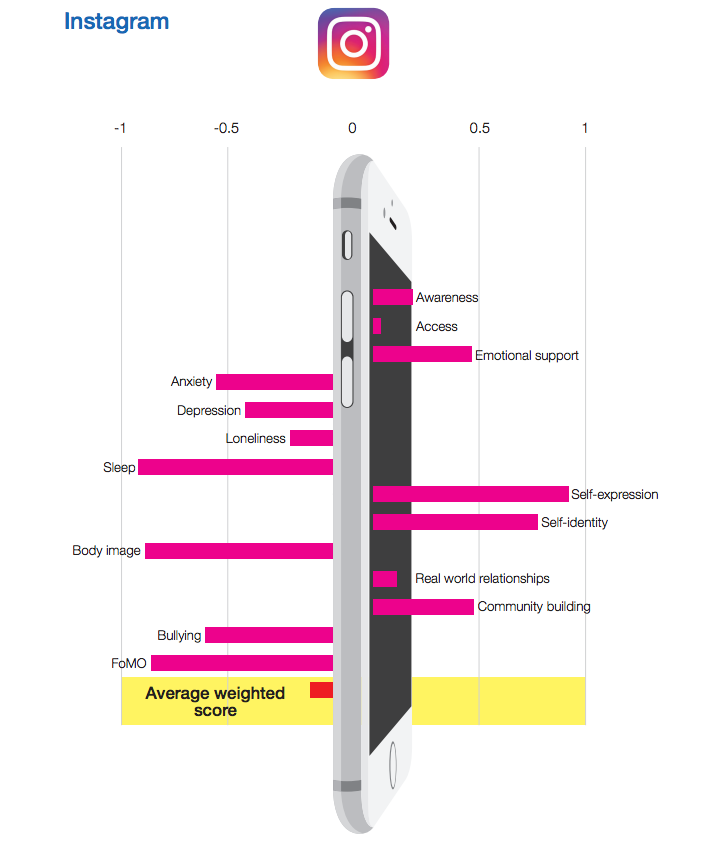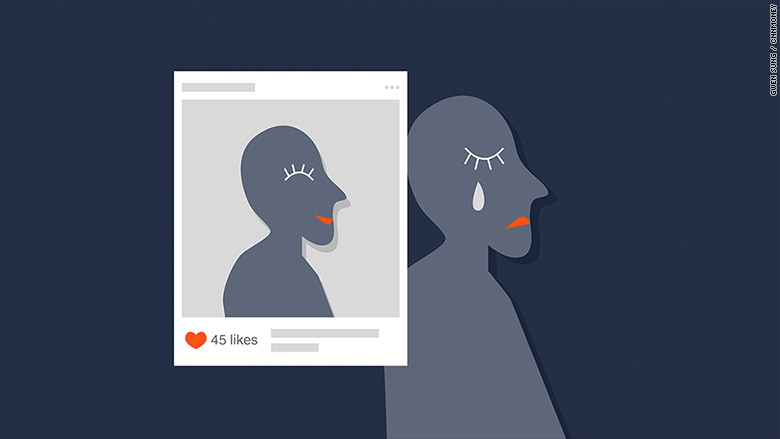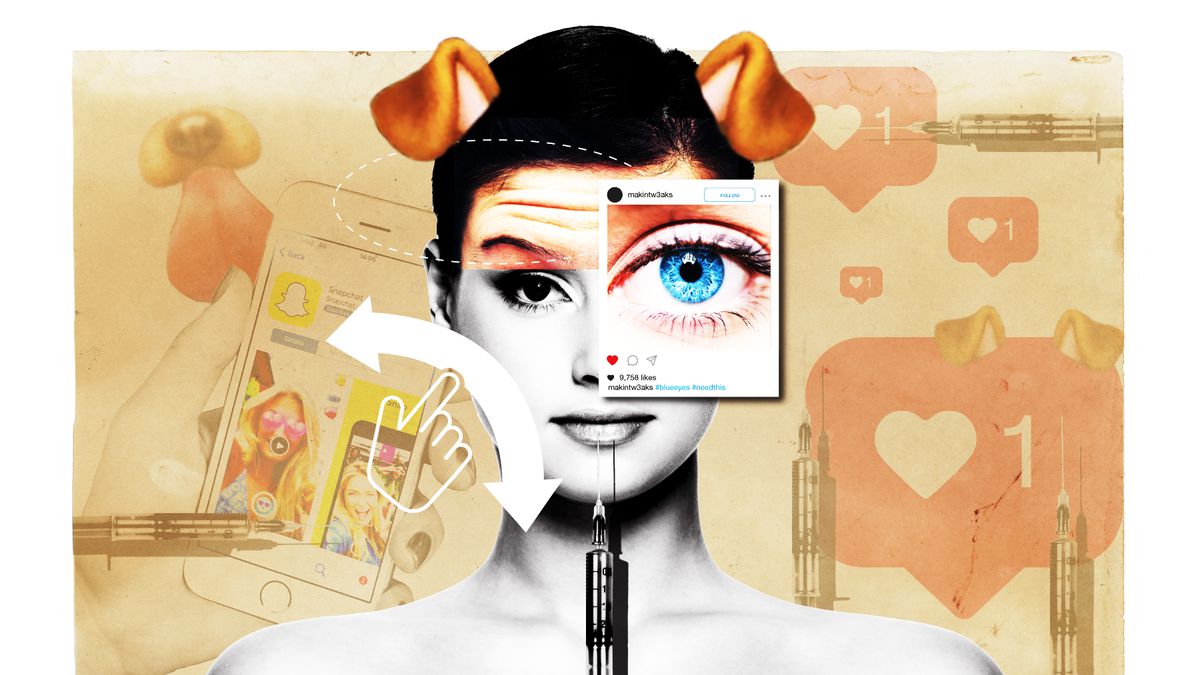In a group of people, if we were to ask if all of them liked or loved every part of their body, 90% of the answers would probably be negative. In fact, if we look around, most of us have something or the other that we do not find pleasant about our appearance. While it may be a regular routine for some to ponder and move on, it stands to be a great deal for others. Moreover, those suffering from Body Dysmorphic Disorder find it next to impossible to not be fixated on their imperfections. This further is aggravated by obsessive thoughts which lead to people spending excessive amounts of time trying to conceal what they consider as “flaws”. While this stands to be a matter of serious concern, we must also look at one of the most common driving forces contributing to body dysmorphia.
With us moving towards an almost digital world, social media has become an inseparable part of our lives. While this may seem to be a result of evolution in technology, a lot of people also claim that these social media platforms are one of the biggest culprits of instilling negative thoughts among youngsters. In fact, it is of no surprise that teenagers, even young adults, are today, actively engaged in more than one form of social media. This, in some way or the other, has led to people idealising the concept of perfection. Scrolling through one’s feed, we often come across highly edited images which are far from reality. Studies also show that several plastic surgeons have witnessed patients coming in with filtered pictures of themselves, showing them that is how they want themselves to look.

As mentioned above, social media being inseparable from a lot of us, it often contributes to unrealistic notions regarding how one should look, or suppose, how one’s pictures should look. Moreover, social media isn’t the only one to blame. The increasing number of photo editing apps that are coming up also provides a wide range of options for how one can make their complexion look fairer, or their body looks curvier or even look taller. Oftentimes, people looking at these edited pictures of themselves tend to shift away from reality and forget that what they’re actually looking at is not actually reality. In fact, while we shift to combining photo editing apps and social media, the effect has gone to an extent where one may now not even recognise if a picture on their feed is beautified. With photo editing apps gaining popularity and the pictures they produce becoming the new normal, there has occurred a huge alteration of people’s perception of beauty and a huge negative shift of self-image.
Apart from the issue of filtered images creating a complex among young minds, social media platforms also push posts with headlines which are dedicated to daily beauty routines. This, again, contributes to the feeling of dissatisfaction towards one’s appearance. Often, while these topics are promoted by the media too much, people start to move towards fixing something about themselves that they did not even consider as a flaw before. In fact, the media has even proven to affect people’s perception of anything and everything. Thus, when beauty routines with headlines “How to lose weight in 30 days” pops up in someone’s feed, one’s criticism towards their body starts developing even before they may notice it.

Moreover, due to these issues, social media has often been termed as toxic for many. Among all the inhabitants of social media, teenagers are more susceptible to developing a negative self-image under its influence. This is partly because the majority of our development takes place when we are young. At this age, surrounding oneself with people who constantly criticise you can also be toxic. An exposure to pessimism and constant judgement at an early age can damage someone emotionally and often lead to several mental health problems. In fact, studies have also shown that troubled experiences in childhood, mainly because of judgments, have been linked to the presence of body dysmorphia. On the other hand, being exposed to positivity and appreciation at an early age has proven to be extremely helpful in the development of a positive self-image in children as well as when they grow up.
This being an extremely critical age in the development of self-esteem, social media putting pressure into meeting unrealistic standards of beauty plays a dangerous role. This is mostly because people are very conscious regarding what’s accepted and approved, even if it is done unknowingly. The social media definition of “beautiful” often fails to differentiate itself from the definition of the conventional “pretty”. This, inevitably, forces people into seeking ways to fix their “flaws”, specifically related to their body. However, in that process, people often forget that a short-term fix can have a long-term psychological effect. Thus, we must learn to notice the symptoms before it is too late. Body dysmorphia is a serious issue. While professionals have tried combinations of behavioural therapy and medication to treat the condition, there have been cases where they have not worked and symptoms have not been fixed.

Thus, a key to addressing the heat of the situation is to identify what makes it difficult for people to like their appearance and what makes them want to change it. However, we all are aware that identifying alone does not help. We must make sure to surround ourselves with optimism from a very young age. Staying away from judgemental surroundings, even avoiding the standards set by social media beauty, can have a huge impact in preventing what can be prevented. Finally, we must also make sure that we don’t succumb to the utopian world created by the media and learn to be happy in our own skin. Once we come to recognise and understand the adverse effect social media can have on our body image, cutting ties with it for a while or forever should not be an aspect of worry.

